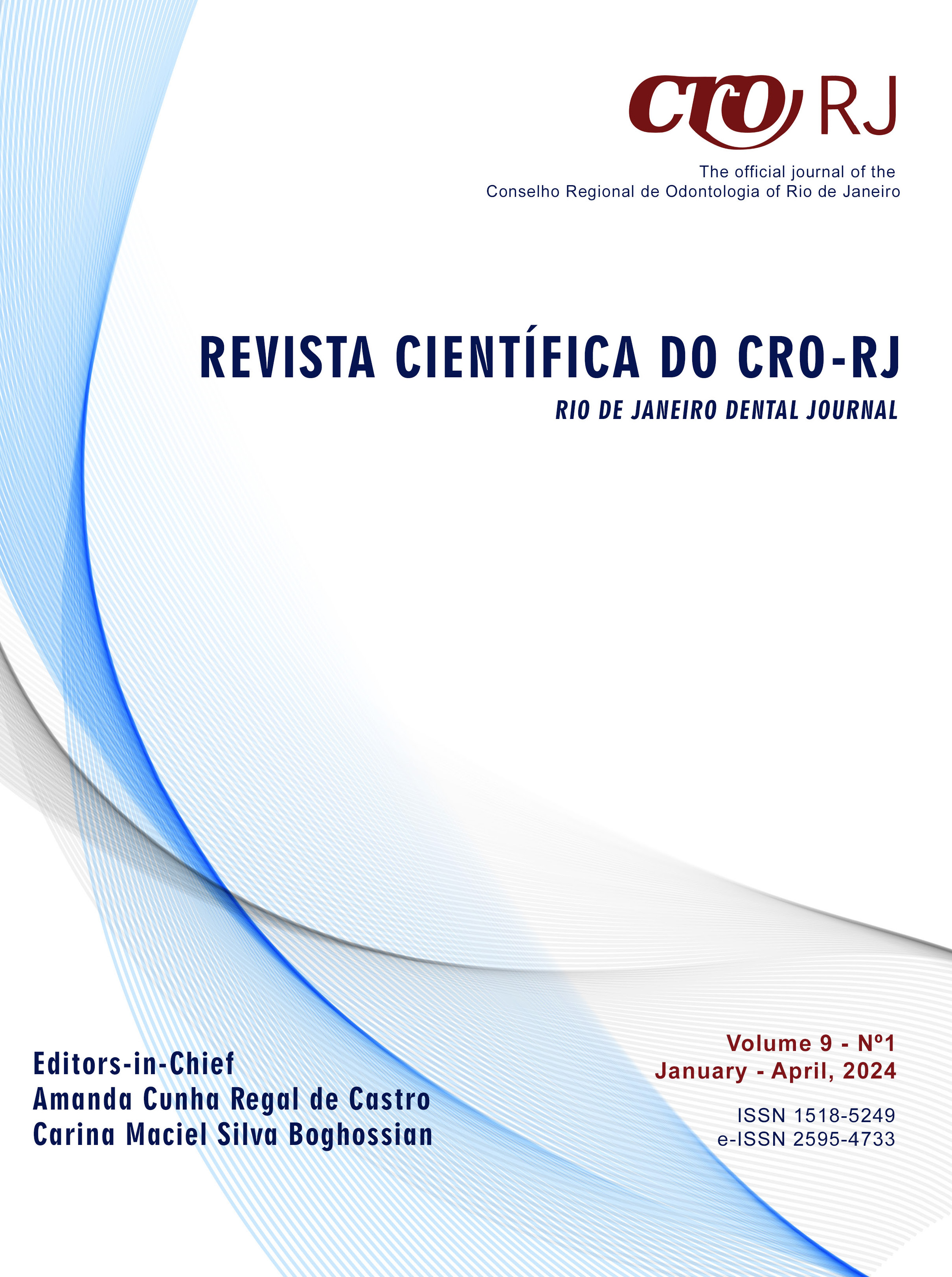EFETIVIDADE DE UM VÍDEO EDUCATIVO VOLTADO PARA A EQUIPE DE ENFERMAGEM SOBRE TÉCNICA DE HIGIENE BUCAL EM PACIENTES PEDIÁTRICOS INTERNADOS EM UNIDADE DE TERAPIA INTENSIVA
DOI:
https://doi.org/10.29327/24816.9.1-3Keywords:
Oral Hygiene, Pediatrics, : Intensive Care Units, Instructional Film and Video, Patient CareAbstract
Objective: To evaluate the effect of a video lesson on oral hygiene (OH) for pediatric patients admitted to an Intensive Care Unit (ICU), and on enhancing the skills of the nursing team. Materials and Methods: Forty-two professionals from a pediatric hospital in Rio de Janeiro participated (12 nurses and 30 nursing technicians). The research was divided into 3 stages: 1) collection of sociodemographic data and OH practices in the ICU (professional training, OH protocol, OH frequency, concentration of antiseptics, and the professional responsible for performing OH), 2) sending the professionals a video lesson on the OH protocol guidelines of the Brazilian Association of Intensive Medicine (2019), and 3) application of the final questionnaire to determine whether the information in the video lesson helped the nurses perform OH. The data were analyzed descriptively in SPSS version 21.0. Results: Of the 42 participants, 28 (66.7%) completed all the stages. Of these 28, 11 (39.3%) were nurses and 17 (60.7%) were technicians; 85.7% had worked at the hospital for over 5 years. All reported using chlorhexidine for OH, but there was no agreement on frequency: 10 (35.7%) performed it 3/day, 17 (60.7%) 2/day, and 1 (3.6%) 1/day. Regarding what professional should be responsible for performing OH, 23 (82.1%) responded, ‘the technician.’ The video lesson was considered enlightening by 27 (96.3%) of the professionals, and all felt more confident about performing OH after seeing it. Conclusion: It was concluded that the video lesson helped the nursing team improve its OH skills toward patients.
Downloads
Published
How to Cite
Issue
Section
License
Copyright (c) 2025 Revista Científica do CRO-RJ (Rio de Janeiro Dental Journal)

This work is licensed under a Creative Commons Attribution-NonCommercial-NoDerivatives 4.0 International License.


